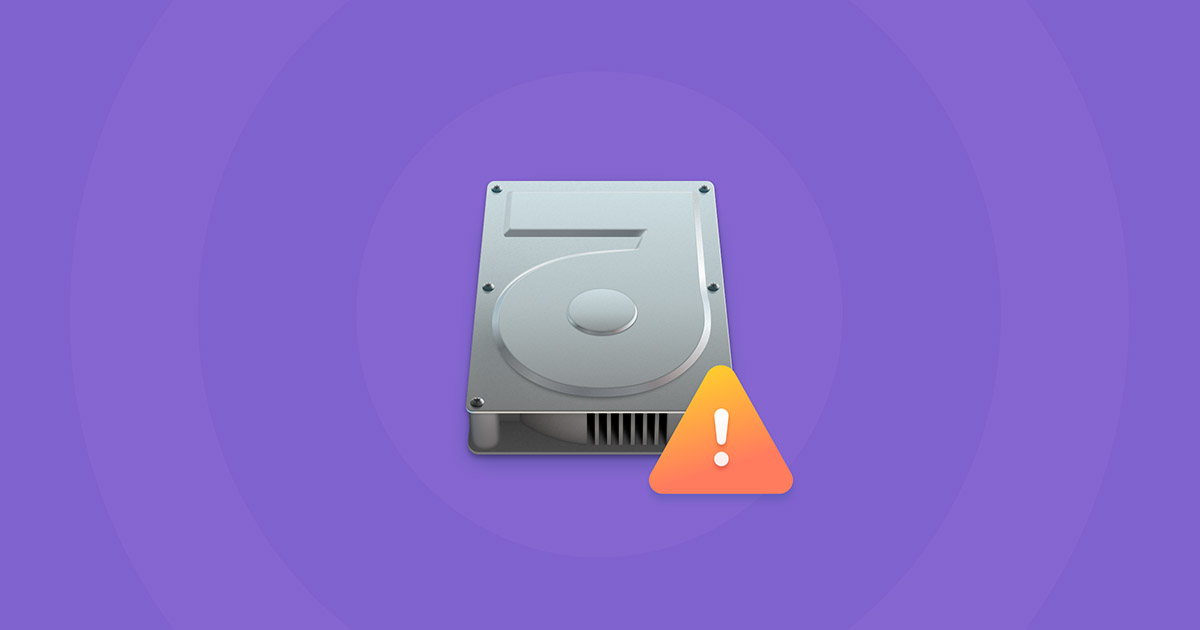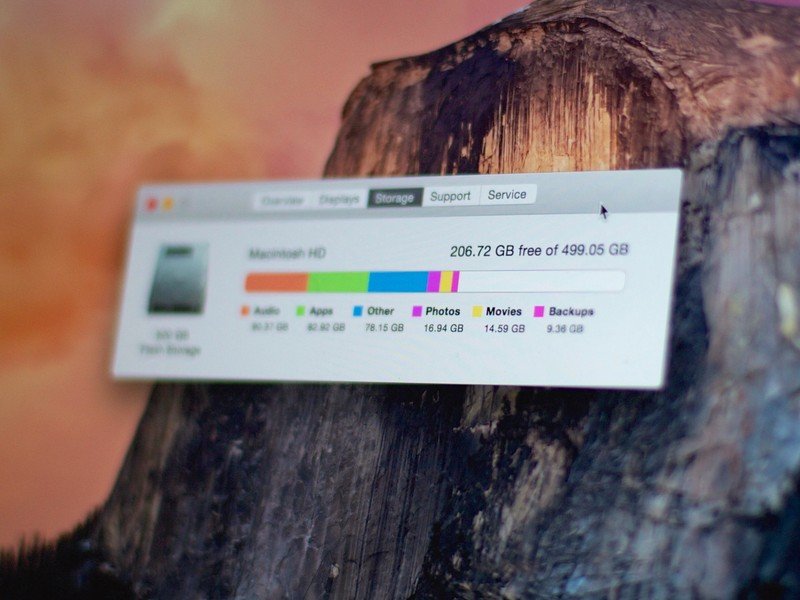Making it easier to find the drive later To create a shortcut to this shared drive, open the networked folder. Click View in the menu bar and select Show Path Bar. You should see the name of the. The first thing you should do is to discover how much storage space your Mac has at the moment. By doing that, you’ll find out how much space that Other category takes. Click on the desktop or find the Finder icon from the Dock. Choose the Apple Menu icon at the top left corner of the screen. Tap About This Mac.
Optimised Storage helps you save storage space by storing your content in iCloud and making it available on demand:
- When storage space is needed, files, photos, films, email attachments and other files that you rarely use are stored in iCloud automatically.
- Each file stays exactly where you last saved it, and will download when you open it.
- Files that you’ve used recently remain on your Mac, along with optimised versions of your photos.
If you haven't yet upgraded to macOS Sierra or later, find out about other ways to free up storage space.
Find out how much storage is available on your Mac
Choose Apple menu > About This Mac and then click Storage. Each segment of the bar is an estimate of the storage space used by a category of files. Move your pointer over each segment for more detail.
Click the Manage button to open the Storage Management window, pictured below. One in a million tink download.
Manage storage on your Mac
The Storage Management window offers recommendations for optimising your storage. If some recommendations have already been turned on, you will see fewer recommendations.
Store in iCloud
Click the Store in iCloud button and then choose from these options:
- Desktop and Documents. Store all files from these two locations in iCloud Drive. When storage space is needed, only the files you recently opened are kept on your Mac, so that you can work offline easily. Files only stored in iCloud will display a download icon , which you can double-click to download the original file. Find out more about this feature.
- Photos. Store all original, full-resolution photos and videos in iCloud Photos. When storage space is needed, only space-saving (optimised) versions of photos are kept on your Mac. To download the original photo or video, just open it.
- Messages. Store all messages and attachments in iCloud. When storage space is needed, only the messages and attachments you recently opened are kept on your Mac. Find out more about Messages in iCloud.
Storing files in iCloud uses the storage space in your iCloud storage plan. If you reach or exceed your iCloud storage limit, you can either buy more iCloud storage or make more iCloud storage available. iCloud storage starts at 50 GB for $0.99 (USD) a month, and you can purchase additional storage directly from your Apple device. Find out more about the prices in your region.
The Joy of Creation: Reborn or TJoC: R is a recreated version of The Joy of Creation. It is said to have much more better features than the original TJoC like the free-roam feature. Rain and thunder shake the earth, drowning it in water and loud noises. FNAF has become one of the most prominent horror games of the recent time. Millions of fans all over the world play it and wait for new parts to come. This time, the author of the game decided to place himself into the story! He is at home, spending another quite evening with his family and at some moment the horror starts. Animatronics came. The joy of creation story mode demo. Kongregate free online game The Joy Of Creation - Five Nights at Freddy fans - Two Nights at jumpscare takes place in an old huge mansion, you alone must get all the clue. Play The Joy Of Creation - Five Nights at Freddy fans. 🎮 Re-Upload of Nikson's TJOC Story Mode DEMO. The Joy Of Creation Story Mode DEMO by K3 @K3 42 Follow. Overview; Followers 42 Free. The Joy Of Creation Reborn Story Mode (all credits to Nikson) Download 64-bit (602 MB) Free. The Joy Of Creation Story Mode DEMO Save File.
Optimise Storage
Click the Optimise button to save space by automatically removing films and TV programmes you've watched. When storage space is needed, films or TV programmes that you've purchased from Apple and have already watched will be removed from your Mac. Click the download icon next to a film or TV programme to download it again.
Your Mac will also save space by only keeping recent email attachments on this Mac when storage space is needed. You can manually download any attachments at any time by opening the email or attachment, or saving the attachment to your Mac.
Optimising storage for films, TV programmes and email attachments doesn't require iCloud storage space.
Empty Bin Automatically
Empty Bin Automatically permanently deletes files that have been in the Bin for more than 30 days.
Reduce Clutter
Reduce Clutter helps you identify large files and files you may no longer need. Click the Review Files button and then choose any of the file categories in the sidebar, such as Applications, Documents, Music Creation or Bin.
You can delete the files in some categories directly from this window. Other categories show the total storage space used by the files in each app. You can then open the app and decide whether to delete files from within it.
Find out how to re-download apps, music, films, TV programmes and books.

Where to find the settings for each feature

The button for each recommendation in the Storage Management window affects one or more settings in other apps. You can also control these settings directly within each app.
- If you're using macOS Catalina or later, choose Apple menu > System Preferences, click Apple ID, and then select iCloud in the sidebar: Store in iCloud turns on the Optimise Mac Storage setting on the right. To turn off iCloud Drive entirely, deselect iCloud Drive.
- If you're using macOS Mojave or earlier, choose Apple menu > System Preferences, click iCloud, then click Options next to iCloud Drive. Store in iCloud turns on the Desktop & Documents Folders and Optimise Mac Storage settings.
- In Photos, choose Photos > Preferences and then click iCloud. Store in iCloud selects iCloud Photos and Optimise Mac Storage.
- In Messages, choose Messages > Preferences, then click iMessage. Store in iCloud selects Enable Messages in iCloud.
- If you're using macOS Catalina or later, open the Apple TV app, choose TV > Preferences from the menu bar, then click Files. Optimise Storage selects “Automatically delete watched films and TV programmes”.
- In you're using macOS Mojave or earlier, open iTunes, choose iTunes > Preferences from the menu bar, then click Advanced. Optimise Storage selects “Automatically delete watched films and TV programmes”.
- In Mail, choose Mail > Preferences from the menu bar and then click Accounts. In the Account Information section on the right, Optimise Storage sets the Download Attachments menu to either Recent or None.
Empty Bin Automatically: From the Finder, choose Finder > Preferences, then click Advanced. Empty Bin Automatically selects “Remove items from the Bin after 30 days”.
Other ways that macOS automatically helps to save space
What Is Other In Mac Storage


With macOS Sierra or later, your Mac will take these additional steps automatically to save storage space:
How to change the size of a photo on mac for twitter profile. Double click on the image - this should open the image in Preview, if it doesn’t, close it and right click to choose Open With and select Preview. Choose Adjust Size (you can. In the Preview app on your Mac, click the Show Markup Toolbar button (if the Markup toolbar isn’t showing), then click the Adjust Size button. Enter new values for width and height, or click the “Fit into” pop-up menu and choose a size. Resize the image by a percentage: Choose “percent” from the pop-up menu next to the Width and Height fields, then enter the percentage in those fields.
- Detects duplicate downloads in Safari, keeping only the most recent version of the download
- Reminds you to delete used app installers
- Removes old fonts, languages and dictionaries that aren't being used
- Clears caches, logs and other unnecessary data when storage space is needed
How To Find Other Storage On Mac
How to free up storage space manually
Even without using the Optimised Storage features described in this article, you can take other steps to make more storage space available:
- Music, films and other media can use a lot of storage space. Find out how to delete music, films and TV programmes from your device.
- Delete other files that you no longer need by moving them to the Bin, then emptying the Bin. The Downloads folder is good place to look for files that you may no longer need.
- Move files to an external storage device.
- Compress files.
- Delete unneeded email: In the Mail app, choose Mailbox > Erase Junk Mail. If you no longer need the email in your Deleted Items mailbox, choose Mailbox > Erase Deleted Items.
Learn more
Mac Os Other Storage
- The Storage pane of About This Mac is the best way to determine the amount of storage space available on your Mac. Disk Utility and other apps may show storage categories, such as Not Mounted, VM, Recovery, Other Volumes, Free or Purgeable. Don't rely on these categories to understand how to free up storage space or how much storage space is available for your data.
- When you duplicate a file on an APFS-formatted volume, that file doesn't use additional storage space on the volume. Deleting a duplicate file only frees up the space required by any data that you might have added to the duplicate. If you no longer need any copies of the file, you can recover all of the storage space by deleting both the duplicate and the original file.
- If you're using a pro app and Optimise Mac Storage, find out how to make sure your projects are always on your Mac and able to access their files.
